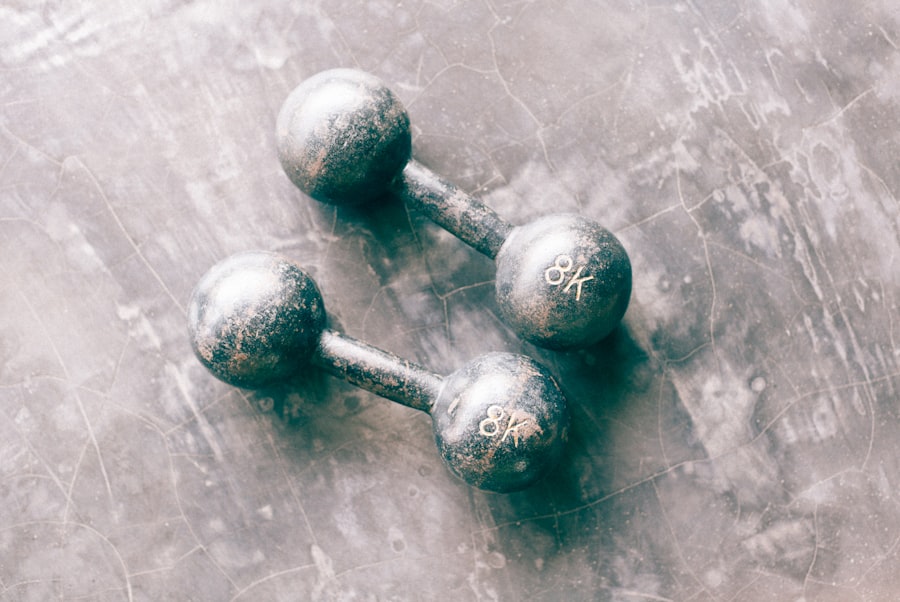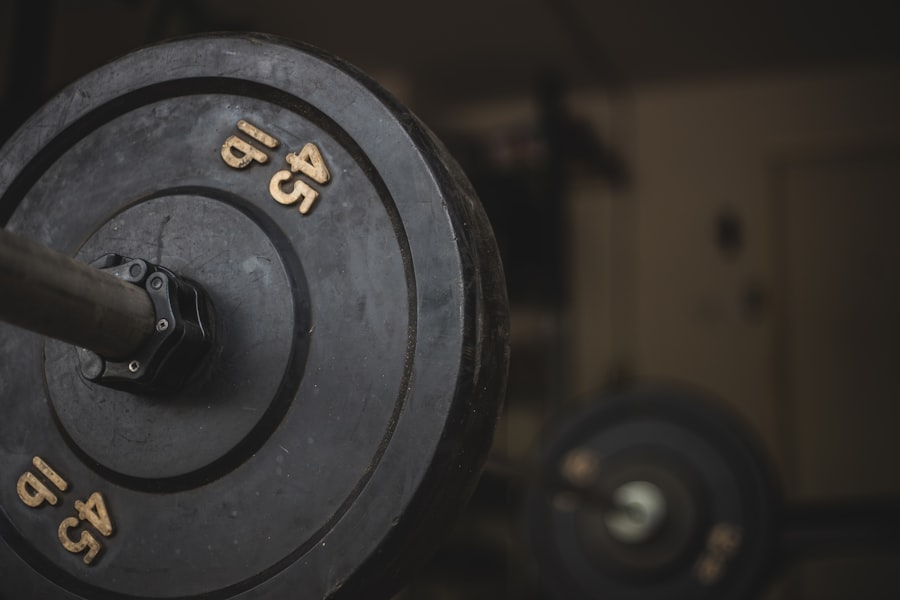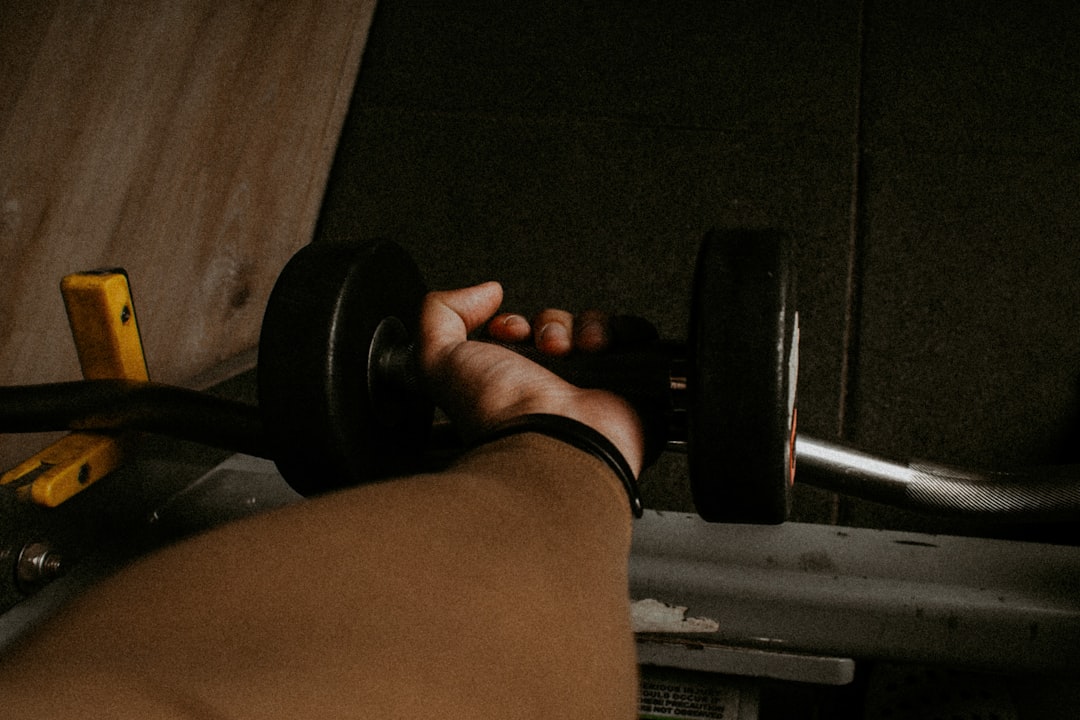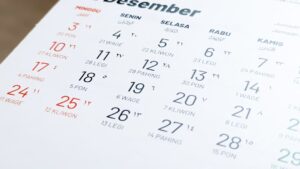Core strength is often regarded as the foundation of overall physical fitness. It encompasses the muscles in the abdomen, lower back, hips, and pelvis, which work in unison to support the body during various activities. A strong core is essential not only for athletes but for individuals of all ages and fitness levels.
It plays a crucial role in maintaining balance, stability, and posture, which are vital for everyday movements such as walking, bending, and lifting. Without adequate core strength, individuals may find themselves more susceptible to injuries, particularly in the lower back, as weak core muscles can lead to poor alignment and increased strain on the spine. Moreover, core strength is integral to enhancing athletic performance.
Many sports require explosive movements, quick changes in direction, and sustained endurance, all of which rely heavily on a well-conditioned core. Athletes with strong core muscles can generate more power and maintain better control over their movements, leading to improved performance in their respective sports. Additionally, a strong core can enhance functional fitness, making daily tasks easier and reducing fatigue.
Thus, understanding the importance of core strength is the first step toward achieving a healthier and more active lifestyle.
Key Takeaways
- Core strength is important for overall stability and balance in the body.
- A toned midsection not only looks good, but also supports good posture and reduces the risk of injury.
- Core strength refers to the muscles in the abdomen, back, and pelvis that work together to support the spine and pelvis.
- Engaging your core muscles involves contracting and tightening the muscles in your abdomen and back without holding your breath.
- The top 5 beginner moves for core strength include planks, Russian twists, bicycle crunches, leg raises, and mountain climbers.
Benefits of a Toned Midsection
A toned midsection is often associated with aesthetic appeal, but its benefits extend far beyond mere appearance. A well-defined core contributes to improved posture, which can alleviate discomfort and pain associated with prolonged sitting or standing. When the abdominal muscles are strong and toned, they help support the spine and maintain proper alignment, reducing the risk of developing musculoskeletal issues over time.
This is particularly important in today’s sedentary lifestyle, where many individuals spend hours hunched over computers or mobile devices. In addition to postural benefits, a toned midsection can enhance athletic performance and functional movement. Individuals with strong core muscles are better equipped to perform a variety of physical activities, from lifting heavy objects to engaging in high-intensity workouts.
Furthermore, a strong core can improve balance and stability, which are essential for preventing falls and injuries. As individuals age, maintaining a toned midsection becomes increasingly important for preserving mobility and independence. Thus, the benefits of a toned midsection are multifaceted, impacting both physical health and overall quality of life.
The Basics: What is Core Strength?

Core strength refers to the ability of the muscles in the torso to stabilize the spine and pelvis during movement. This group of muscles includes not only the abdominal muscles but also the obliques, lower back muscles, and pelvic floor. Together, these muscles form a complex network that supports the body’s movements and maintains balance.
Core strength is not solely about having visible abs; it is about functional strength that allows individuals to perform daily activities with ease and efficiency. The core acts as a central hub for movement, transferring energy between the upper and lower body. When engaging in physical activities such as running or jumping, a strong core helps to stabilize the body and prevent excessive movement that could lead to injury.
Additionally, core strength plays a significant role in athletic performance; athletes rely on their core to generate power and maintain control during dynamic movements. Understanding what core strength entails is essential for anyone looking to improve their fitness levels or enhance their athletic capabilities.
How to Engage Your Core Muscles
| Core Exercise | Reps | Sets | Rest |
|---|---|---|---|
| Plank | 3 sets | 30-60 seconds | 30 seconds |
| Crunches | 3 sets | 15-20 reps | 30 seconds |
| Leg Raises | 3 sets | 10-12 reps | 30 seconds |
Engaging the core muscles involves activating the various muscle groups that make up the core region. This can be achieved through conscious effort during physical activities or specific exercises designed to target these muscles. To effectively engage the core, individuals should focus on drawing their navel toward their spine while maintaining a neutral spine position.
This action activates the deep abdominal muscles, providing stability and support for the entire torso. Incorporating core engagement into daily activities can also be beneficial. For instance, when standing or sitting, individuals can practice tightening their abdominal muscles while maintaining proper posture.
This not only strengthens the core over time but also promotes awareness of body alignment. Additionally, many exercises can help reinforce this engagement technique, such as planks or bridges. By consistently practicing core engagement, individuals can develop a stronger foundation that enhances their overall fitness and reduces the risk of injury.
The Top 5 Beginner Moves for Core Strength
For those new to core training, starting with beginner-friendly exercises can help build a solid foundation without overwhelming them. The first move is the basic plank, which targets multiple muscle groups while emphasizing core stability. By holding a plank position on their forearms or hands while keeping their body straight from head to heels, beginners can effectively engage their core muscles.
Another excellent exercise is the dead bug, which involves lying on one’s back with arms extended toward the ceiling and knees bent at 90 degrees. As individuals lower one arm and the opposite leg toward the ground while keeping their back flat against the floor, they learn to control their movements while engaging their core. The bird-dog exercise is also beneficial; it requires individuals to balance on hands and knees while extending one arm forward and the opposite leg backward.
This move promotes coordination and stability while strengthening the core. The bridge exercise is another effective way to target the glutes and lower back while engaging the core. By lying on their back with knees bent and feet flat on the floor, individuals can lift their hips toward the ceiling while squeezing their glutes at the top of the movement.
Lastly, seated Russian twists provide an opportunity to work on rotational strength by sitting on the floor with knees bent and twisting from side to side while holding a weight or medicine ball. These beginner moves lay the groundwork for more advanced core training.
Plank: The Ultimate Core Exercise

The plank is often hailed as one of the most effective exercises for building core strength due to its ability to engage multiple muscle groups simultaneously. When performed correctly, planks activate not only the abdominal muscles but also the shoulders, back, glutes, and legs. This full-body engagement makes it an ideal exercise for those looking to enhance overall stability and strength.
To perform a plank effectively, individuals should start in a push-up position with their forearms resting on the ground. It is crucial to maintain a straight line from head to heels while avoiding sagging or arching of the back. Holding this position for 20-30 seconds initially can be challenging for beginners; however, gradually increasing the duration will lead to significant improvements in core strength over time.
Variations of the plank, such as side planks or plank jacks, can also be incorporated to add variety and challenge as one progresses.
Russian Twists: Building Oblique Strength
Russian twists are an excellent exercise for targeting the oblique muscles located on either side of the abdomen. These muscles play a vital role in rotational movements and lateral stability, making them essential for various sports and physical activities. By incorporating Russian twists into a workout routine, individuals can enhance their overall core strength while improving functional movement patterns.
To perform Russian twists effectively, individuals should sit on the floor with knees bent and feet flat. Leaning back slightly while keeping a straight back engages the core muscles effectively. Holding a weight or medicine ball adds resistance as they twist from side to side in a controlled manner.
It is important to focus on using the core muscles rather than relying solely on momentum during this exercise. Beginners may start without weights until they feel comfortable with the movement before gradually adding resistance.
Bicycle Crunches: Engaging the Entire Core
Bicycle crunches are another dynamic exercise that engages multiple areas of the core simultaneously. This exercise not only targets the rectus abdominis but also works the obliques effectively through its rotational component. By incorporating bicycle crunches into a workout routine, individuals can achieve a comprehensive core workout that promotes strength and endurance.
To perform bicycle crunches correctly, individuals should lie on their backs with hands behind their heads and legs lifted off the ground at a 90-degree angle. As they bring one knee toward their chest while simultaneously twisting their torso to bring the opposite elbow toward that knee, they create a cycling motion that engages both sides of the abdomen. Maintaining control throughout each repetition is crucial; this ensures that individuals maximize muscle engagement while minimizing strain on the neck or lower back.
Leg Raises: Strengthening Lower Abdominal Muscles
Leg raises are particularly effective for targeting the lower abdominal muscles, an area that many individuals find challenging to strengthen through traditional exercises alone. This exercise focuses on isolating the lower abs while promoting overall core stability and control. To perform leg raises correctly, individuals should lie flat on their backs with legs extended straight out in front of them.
Keeping their hands at their sides or under their glutes for support helps maintain proper alignment throughout the movement. As they lift their legs toward the ceiling while keeping them straight, it is essential to engage the core by drawing in the navel toward the spine. Lowering the legs back down without touching the ground adds an extra challenge; this requires continuous engagement of the abdominal muscles throughout each repetition.
Mountain Climbers: A Full-Body Core Workout
Mountain climbers are an excellent exercise that combines cardiovascular conditioning with core strengthening benefits. This dynamic movement engages multiple muscle groups while elevating heart rate, making it an efficient full-body workout option. To perform mountain climbers effectively, individuals should start in a high plank position with hands directly under shoulders and body in a straight line from head to heels.
As they drive one knee toward their chest while keeping their core engaged, they quickly switch legs in a running motion. This rapid movement not only challenges core stability but also improves agility and coordination over time. Beginners may start slowly before increasing speed as they become more comfortable with the exercise.
Tips for Proper Form and Technique
Maintaining proper form during core exercises is crucial for maximizing effectiveness while minimizing injury risk. Individuals should always prioritize quality over quantity; performing fewer repetitions with correct form is far more beneficial than completing numerous repetitions incorrectly. Engaging the core throughout each movement helps ensure that targeted muscles are activated effectively.
Additionally, breathing plays an essential role in maintaining proper form during core exercises. Individuals should focus on exhaling during exertion (such as lifting or twisting) and inhaling during relaxation phases (such as lowering). This rhythmic breathing pattern not only enhances performance but also promotes relaxation within tense muscle groups.
Lastly, incorporating variety into workouts can prevent plateaus and keep individuals motivated on their fitness journey. Exploring different exercises targeting various aspects of core strength ensures balanced development while keeping workouts fresh and engaging. In conclusion, understanding core strength’s significance lays a solid foundation for improving overall fitness levels and enhancing athletic performance.
By incorporating beginner-friendly exercises like planks, Russian twists, bicycle crunches, leg raises, and mountain climbers into regular routines while prioritizing proper form and technique will lead individuals toward achieving stronger cores over time.
If you’re embarking on a fitness journey with the “Beginner Strength Plan: 5 Moves for a Toned Core,” it’s essential to consider the broader aspects of maintaining a healthy lifestyle. One often overlooked component is ensuring your workout attire is both comfortable and functional. For those interested in optimizing their fitness wardrobe, you might find the article on how to choose the perfect fit cargo pants for men particularly useful. This guide provides insights into selecting the right fit and style, ensuring you have the freedom of movement and comfort needed during your workouts.
FAQs
What is a beginner strength plan for a toned core?
A beginner strength plan for a toned core is a workout routine designed for individuals who are new to strength training and want to improve the strength and appearance of their abdominal muscles.
What are the 5 moves included in the beginner strength plan for a toned core?
The 5 moves included in the beginner strength plan for a toned core typically include exercises such as planks, crunches, Russian twists, leg raises, and bicycle crunches.
How often should I perform the beginner strength plan for a toned core?
It is recommended to perform the beginner strength plan for a toned core 2-3 times per week, allowing for rest days in between to allow the muscles to recover and grow.
What are the benefits of following a beginner strength plan for a toned core?
Following a beginner strength plan for a toned core can help improve core strength, stability, and posture, as well as contribute to a more toned and defined midsection.
Are there any precautions to consider before starting the beginner strength plan for a toned core?
Before starting the beginner strength plan for a toned core, it is important to consult with a healthcare professional, especially if you have any existing medical conditions or injuries. It is also important to ensure proper form and technique to prevent injury.












